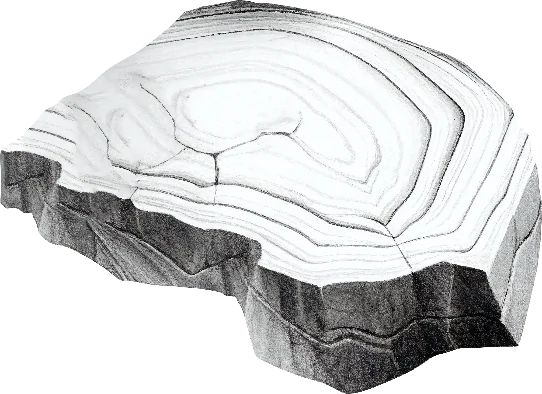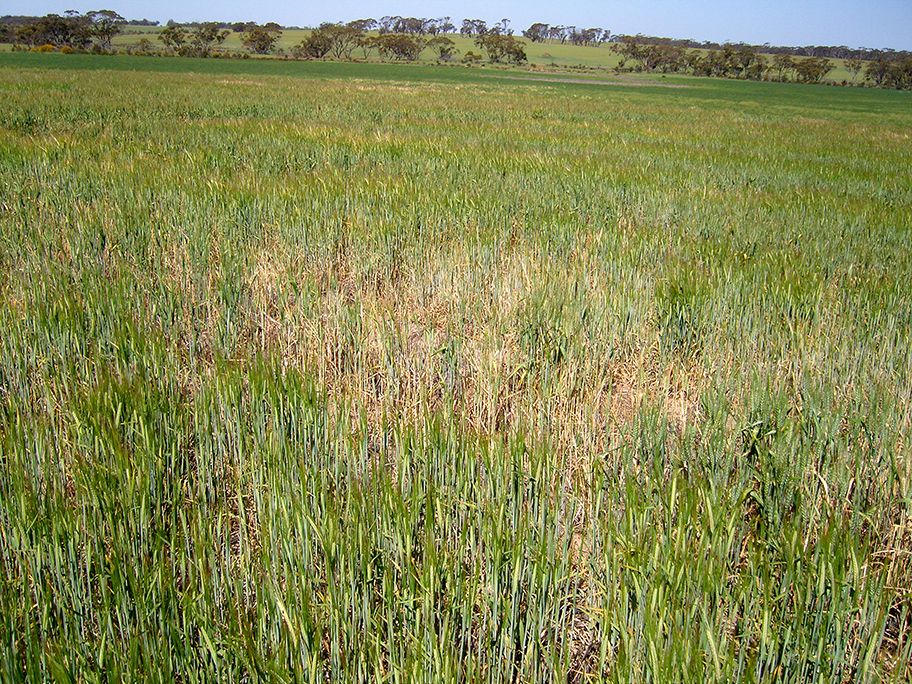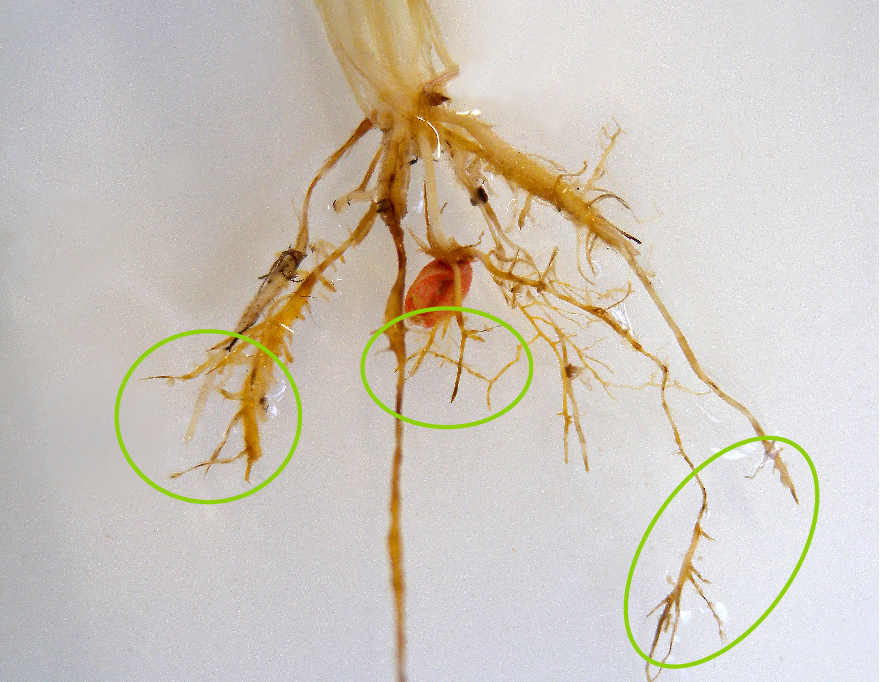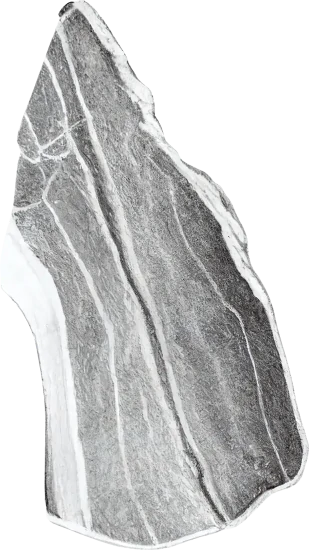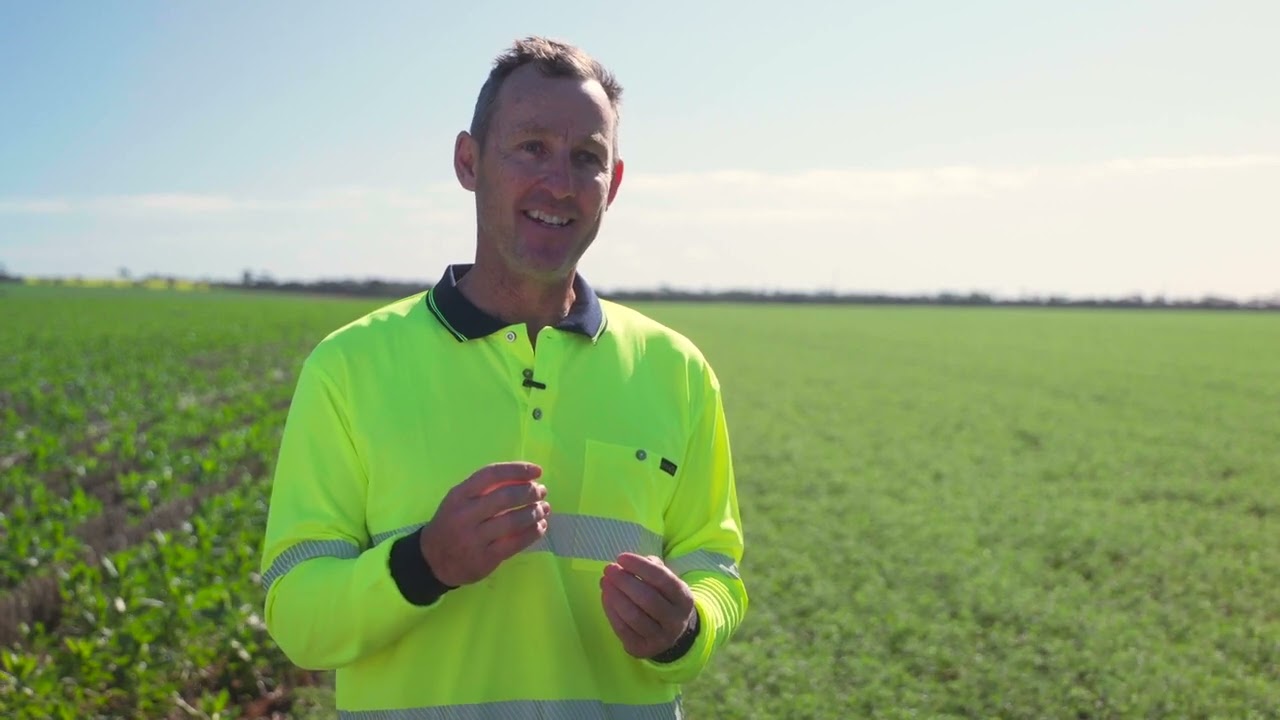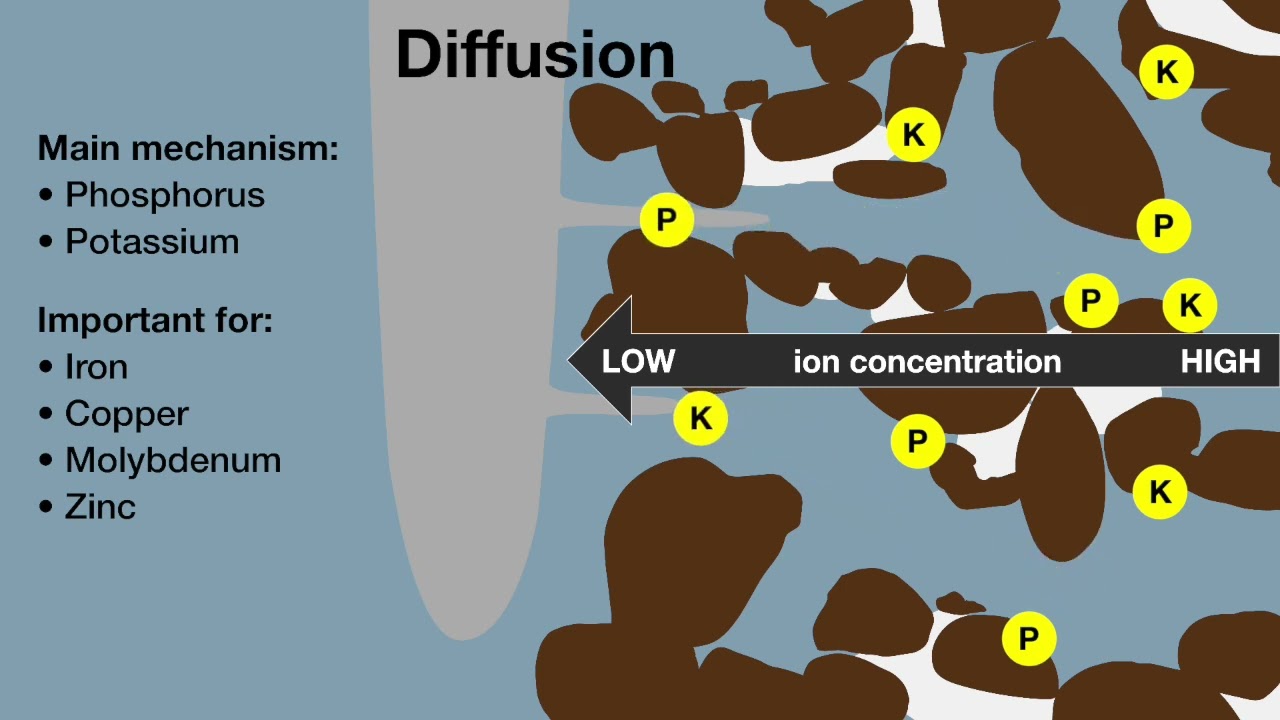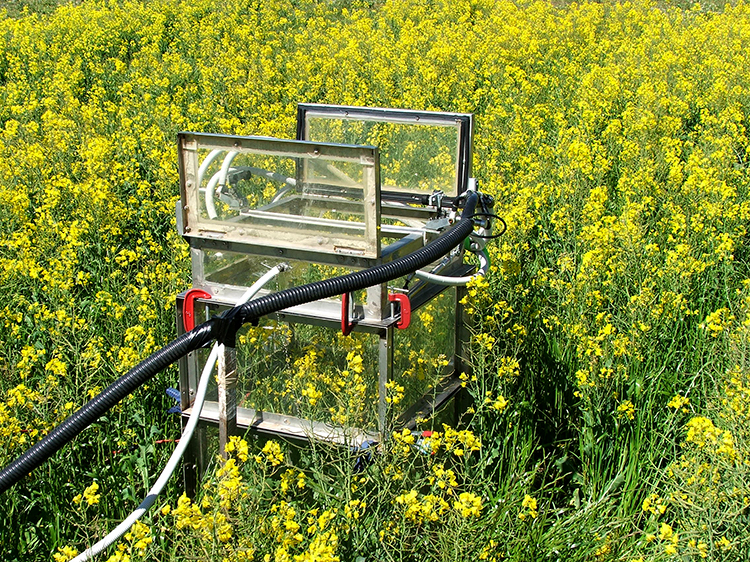Date
2021/02/17
Duration
5 min read
ebook
Soil Quality 5: Soil Biology
Organisations
SoilsWest
Department of Primary Industries and Regional Development
Grains Research and Development Corporation
University of Western Australia
What is cereal cyst nematode?
Cereal cyst nematode (Heterodera avenae) is a pest of cereal crops; the main host plants in the south-western agricultural region of Western Australia are wheat, barley, oat and triticale. Some grass weeds are also hosts, particularly wild barley grass and wild oat. It is not believed to be native to Western Australia but is established in some broadacre growing areas near Geraldton, Esperance, Moora and in the Avon Valley. Cereal cyst nematode is most widely distributed in both sand and clay soil in South Australia and Victoria. Cereal cyst nematodes can reduce yield by up to 70%, particularly in oat, which is most susceptible to this nematode. Non-cereal crops will not host the nematode, so are useful in rotations to limit damage caused to cereals.

Symptoms and management of cereal cyst nematode
Plants damaged by cereal cyst nematode are generally evident as uneven patches of poor emergence or establishment throughout the paddock. Plants appear stunted with reduced tillering and yellowing leaves. In oat, leaves may also become reddish in colour. While above-ground symptoms can resemble root lesion nematodes, viruses, herbicide damage and nutrient deficiencies; the examination of root symptoms can provide a distinctive visual diagnostic for cereal cyst nematode, particularly later in the season. Infested oat roots appear ‘ropey’ and swollen, while wheat and barley roots will be knotted. Severely affected plants will have stunted short, thickened roots. As weather warms in spring, white pin-head sized cysts full of eggs will appear on the roots, browning as they mature and eventually falling off into the soil in summer where the cereal cyst nematode then continue their lifecycle.
Cereal cyst nematodes, through their impact on root function and growth, negatively impact crop health and development and are therefore detrimental to net primary productivity. Decreased grain and hay production are the result. Levels of cereal cyst nematode in the soil can be determined by reputable diagnostic services or using molecular PREDICTA® B testing. Crop rotation with non-cereal crops and non-grassy pastures, growing resistant varieties, maintaining adequate nutrition and sowing early to improve plant establishment prior to eggs hatching are all methodologies suitable for reducing risk and impact of cereal cyst nematode on cereal crops. Ensuring optimum soil fertility helps to minimise the effects of cereal cyst nematode. Allowing the emerging crop access to adequate nutrition allows the root systems to establish and get ahead of any potential nematode infections. No cost-effective nematicides are currently registered for broadacre cereal crop production in Australia.



